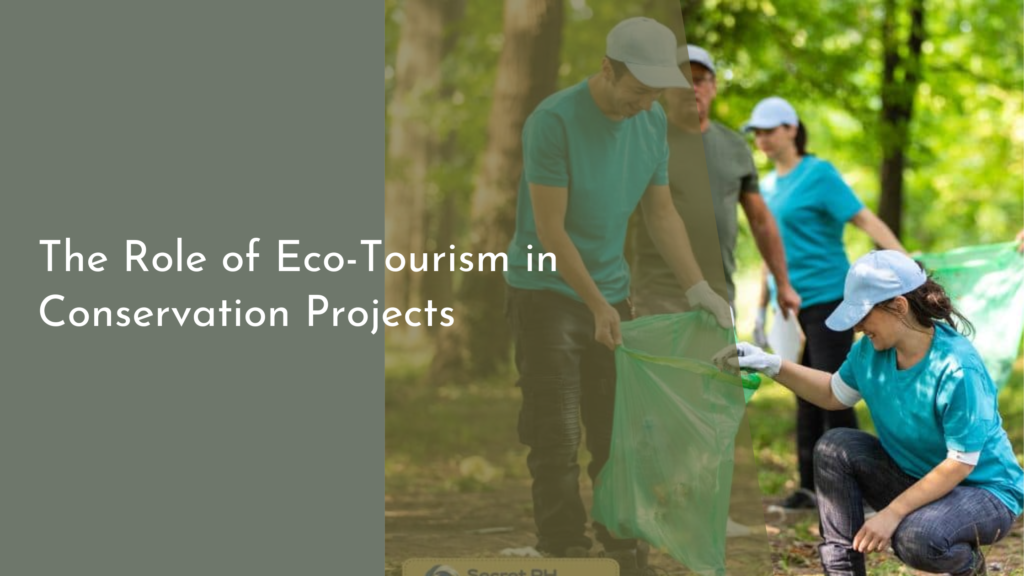Hands-On Activities for Effective Environmental Education
Environmental education is crucial in shaping a generation that understands and values the importance of preserving our planet. Instead of relying solely on textbooks, hands-on activities can provide a more engaging and effective learning experience. By encouraging students to interact directly with nature and their community, they not only learn about the environment but also develop a personal connection with it. In this article, we explore four exciting approaches to hands-on environmental education: exploring nature, creative crafts, interactive games, and community projects.
Exploring Nature: Outdoor Classroom Adventures
The great outdoors offers a wealth of learning opportunities that a traditional classroom cannot match. By taking students outside, educators can transform any natural setting into an outdoor classroom. Activities such as guided nature walks, bird watching, and plant identification help students develop observational skills and gain knowledge about local ecosystems. These adventures encourage students to ask questions, think critically, and appreciate the diversity of life around them.
Moreover, outdoor adventures can be designed to include hands-on projects, such as building a mini-ecosystem or conducting simple soil and water tests. These practical experiences not only make learning more interactive but also help students understand the impact of human activities on the environment. By engaging directly with nature, students are more likely to develop a lasting commitment to environmental stewardship.
Creative Crafts: Transforming Recycled Materials
Creative crafts offer a dual benefit in environmental education: they promote artistic expression while teaching the value of recycling and reusing materials. Students can create art projects using discarded items like plastic bottles, newspapers, and cardboard. These activities help reduce waste and provide an opportunity to discuss the importance of resource conservation.
Furthermore, crafting with recycled materials encourages problem-solving and innovation. As students brainstorm ways to transform trash into treasure, they learn to think creatively and resourcefully. These projects can also lead to discussions about the lifecycle of materials, the importance of sustainable practices, and the impact of waste on the environment. Through creative crafts, students discover that they can make a difference—one piece of recycled art at a time.
Interactive Games: Learning Through Play and Discovery
Games are an excellent way to teach environmental concepts in a fun and engaging manner. Interactive games can range from scavenger hunts that focus on finding specific plants or insects to board games that simulate environmental challenges and solutions. These activities make learning about the environment enjoyable and memorable.
Incorporating technology can also enhance the gaming experience. Apps and online games designed for environmental education can introduce students to global issues like climate change and biodiversity loss. By playing these games, students not only learn about environmental challenges but also explore possible solutions. Interactive games provide a platform for students to develop teamwork, communication, and critical thinking skills while having fun.
Community Projects: Building a Greener Tomorrow
Community projects offer students a chance to apply what they’ve learned in real-world settings. Activities like organizing a neighborhood clean-up, planting trees, or starting a community garden can have a significant impact on both the environment and the students involved. These projects foster a sense of responsibility and empower students to take action for positive change.
Working on community projects also helps students connect with others who share their passion for the environment. Collaborating with local organizations or city officials can provide valuable insights into how environmental policies and initiatives are implemented. By participating in these projects, students not only improve their environment but also build a sense of community and shared purpose in creating a greener tomorrow.
Hands-on activities in environmental education create meaningful and lasting learning experiences. Whether exploring the wonders of nature, crafting with recycled materials, engaging in interactive games, or participating in community projects, students gain valuable knowledge and skills that inspire them to care for the planet. By making environmental education engaging and interactive, we can nurture a generation of environmentally conscious individuals ready to tackle the challenges of tomorrow with creativity and enthusiasm.


